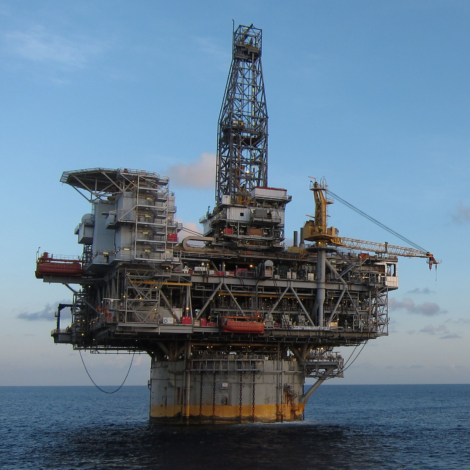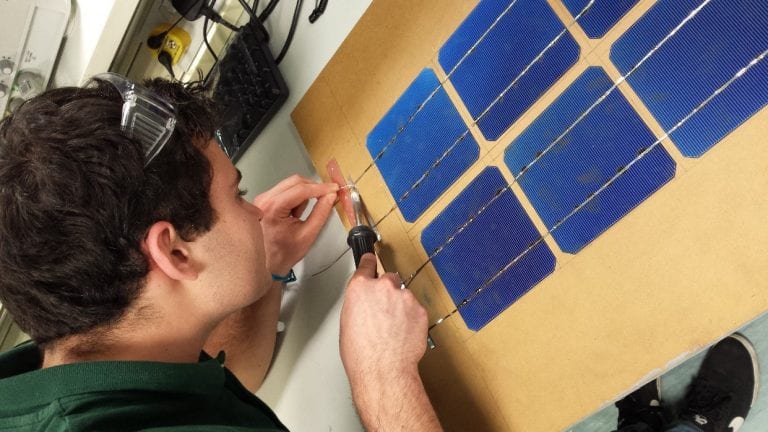Researchers have made progress on a system that can integrate wave energy converters into offshore platforms. The technology could allow oil, gas and offshore wind platforms to produce renewable wave energy. The devil is in the details, however, and models suggest that the system could collapse the platforms. Working to surmount the problem, Aakash Gupta and colleagues at Michigan State University in East Lansing, Michigan, have found success experimenting with a system called an inerter pendulum vibration absorber. They published their findings in ASME’s Journal of Vibration and Acoustics in a paper available to the public for the next month.
Harnessing wave power to generate electricity has huge potential, but it’s expensive compared to other renewables such as solar and wind technologies. Looking at the numbers, waves off the coasts of North America could produce up to 400GW each year, accounting for 80 percent of the continent’s consumption. That energy comes at the price of (USD) $570/MWh, compared to onshore wind and solar energy at about (USD) $30/MWh.
About half of the cost of wave energy is caught up in installation, operation and maintenance. Those costs could fall steeply if wave energy converters could be rigged to deep sea structures that are already built. Floating platforms operate globally in deep ocean waters for oil and gas production, and floating wind turbines. One type of these platforms, called spar platforms, use a long, slender cylinder to stay buoyant and stable beneath the water surface. This design allows them to handle deep water. Since deep water has more wave energy than shallow water,it makes sense to combine wave energy converters with spar platforms to generate electricity.
Researchers have been experimenting with different kinds of heaving wave energy converters, so called because they have a floater that heaves against the platform’s spar in a motion that drives a power takeoff unit to generate electricity. The integrated technologies can generate 2.4-10MW of electricity. By comparison, offshore wind platforms can generate an average 5MW. The obstacle is the motion in the ocean, so to speak. The wave energy converter increases the heave and pitch of the platform to which it is integrated, causing it to become instable and even collapse.
Dr. Gupta and colleagues tested the inerter pendulum vibration absorber in a floating structure that moves up and down with the waves. Their research simulated the motion in a computer model to explore how the system can efficiently capture and use the energy from ocean waves. They found that the system is effective under certain wave conditions.
The system works best when the waves have certain characteristics, the study found. These characteristics include specific heights and frequencies that make the system transfer energy effectively. Under certain wave conditions, the system could suppress vibrations and control the movement of the main structure.

